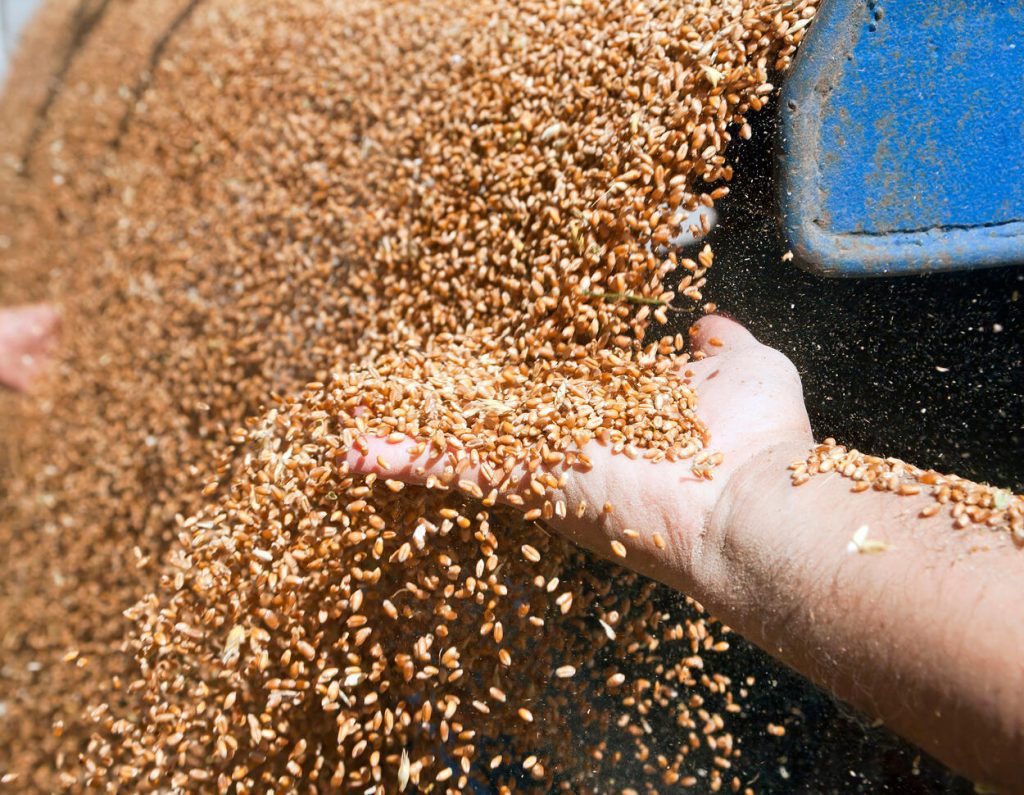The USDA Global Wheat Outlook for November indicates higher production, consumption, trade and final stocks in 2022/23. Global production was revised up by 1.0 million tons to 782.7 million. The reason for this is greater yields in Australia, Kazakhstan and Great Britain. The wheat yield in Argentina and the European Union was revised downward.
Production in Australia increased by 1.5 million tons to 34.5 million tons due to above-average rainfall last month. This has helped in plant development and improved yields. For Argentina, production decreased by 2 million tons to 15.5 million tons as drought conditions persisted during most of October and yield potential declined.
EU production was reduced by 450,000 tons to 134.3 million tons (durum and soft wheat). Contrary to most global estimates of about 100 million tons and more, the US Department of Agriculture left the star of Russian wheat unchanged in November compared to the previous month – at 91 million tons. The harvest estimate for Ukraine also remained the same as in the previous month at 20.5 million tons.
World consumption increased by 1.0 million tons to reach 791 million tons. The US Department of Agriculture slightly increased world trade by 0.3 million tons – to 208.7 million tons. This was followed by an increase in exports from Australia by 1.0 million to 26 million tons, while exports from Argentina decreased by 2 million tons to 10 million tons.
EU exports remained flat at 35 million tons. The US Department of Agriculture also left Russia’s exports unchanged at 42 million tons, and Ukraine’s exports remained at 11 million tons.
Closing stocks rose 0.3 million tons to 267.8 million, with increases for Australia and India and decreases in the European Union accounting for most of the change.

“Total coffee aficionado. Travel buff. Music ninja. Bacon nerd. Beeraholic.”







More Stories
Wolfsburg instead of Wörthersee: The first GTI meeting starts at Volkswagen headquarters
Pecco Bagnaia (Ducati): Testing on the new Panigale/MotoGP
From autumn onwards, U2 will be playing again at Karlsplatz.